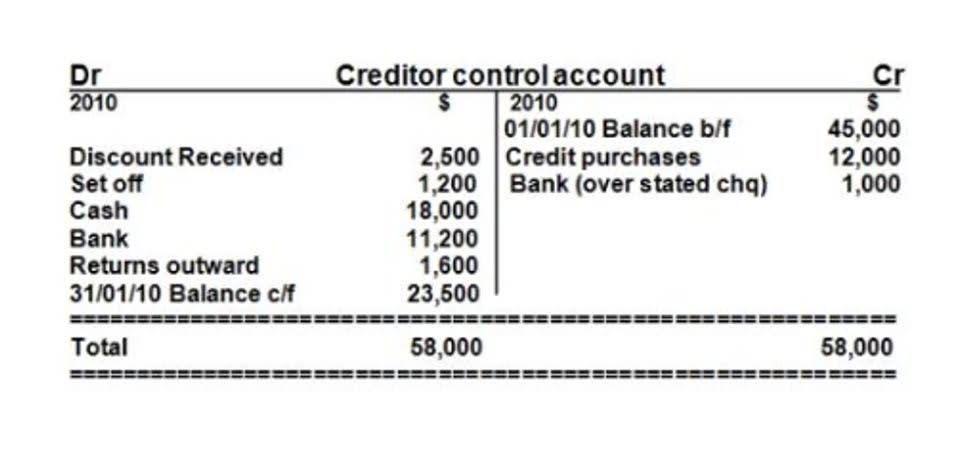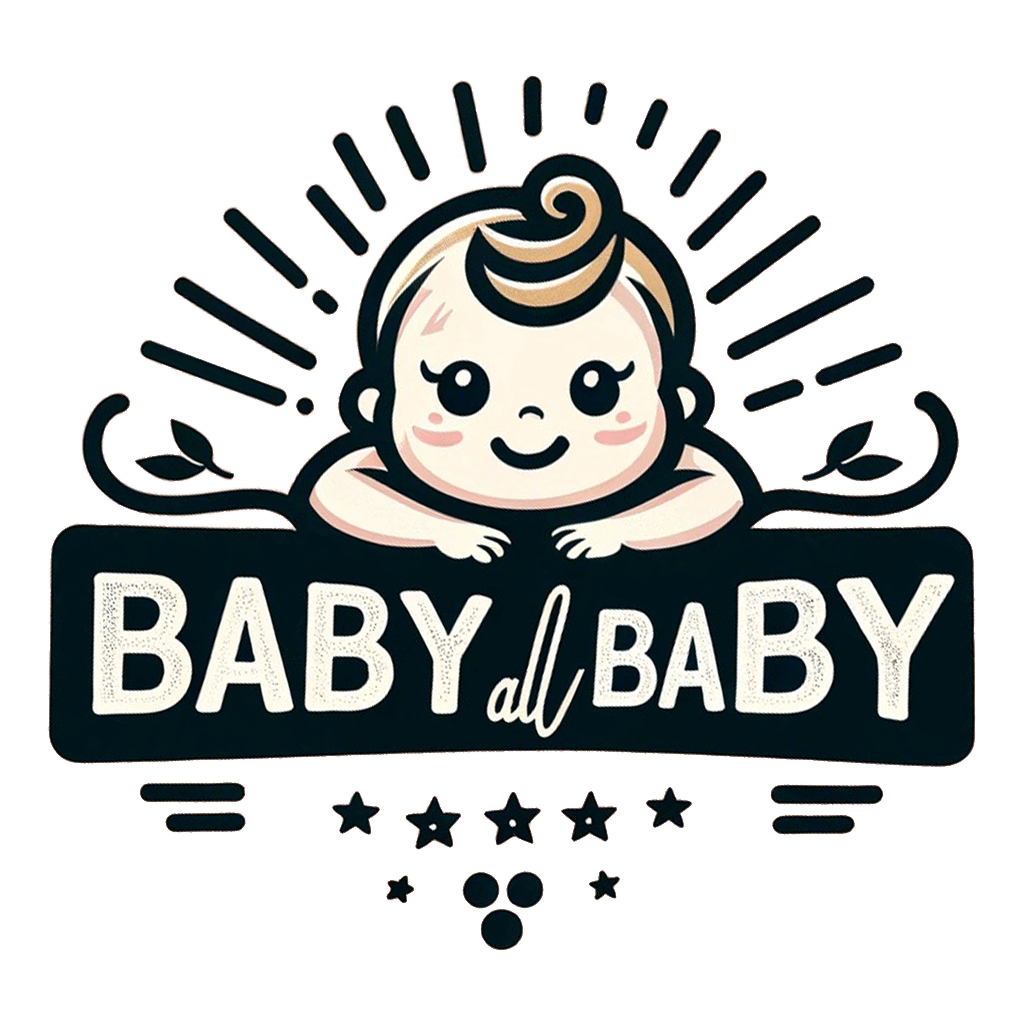
These costs are necessary for production but do not directly become part of the finished good. Examples include indirect materials like lubricants, and indirect labor such as factory supervisors’ salaries. Other common overhead costs include factory utilities (electricity, natural gas) and factory rent. Learn to calculate and use a predetermined overhead rate for accurate financial planning.

Direct Costs Versus Indirect Costs

Optimize processes – Streamline workflows around everything from inventory to invoicing to save time and cut labor costs. So the company would apply $5 of overhead cost to the cost of each unit produced. This comprehensive guide breaks down overhead rate calculation into clear, actionable steps any business can follow. Then, they’ll need to estimate the amount https://www.rehabtrials.org/statement-of-functional-expenses-a-nonprofit-guide/ of activity or work that will be performed in that same time period.

D. Percentage of Direct Material Cost
- The activity base, the denominator in the predetermined overhead rate calculation, measures production activity that drives overhead costs.
- Examples can include labor hours incurred, labor costs paid, amounts of materials used in production, units produced, or any other activity that has a cause-and-effect relationship with incurred costs.
- Its fundamental purpose is to enable businesses to determine the estimated full cost of a product or service in a timely manner, without waiting for actual indirect costs to be finalized.
- Understanding how to calculate this rate ensures accurate cost estimation, leading to better decision-making and profitability.
- Common examples include direct labor hours, machine hours, or direct labor dollars.
The overhead rate is calculated by dividing total overhead costs by an appropriate allocation measure such as direct labor hours. For example, if a company’s overhead costs are primarily related to machinery operation, such as maintenance or electricity, then machine hours would be a suitable activity base. Conversely, if a significant portion of overhead is tied to supervision or training of production line workers, direct labor hours would be more appropriate. The chosen base should be easily measurable and trackable throughout the production process. Commonly, the manufacturing overhead cost for machine hours can be ascertained from the predetermined overhead rate in the manufacturing industry.

What are some examples of overhead costs?
- A predetermined overhead rate is used by businesses to absorb the indirect cost in the cost card of the business.
- Although it has limitations, its benefits in budgeting, pricing, and efficiency make it an essential component of managerial accounting.
- Suppose GX company uses direct labor hours to assign manufacturing overhead cost to job orders.
- E-commerce businesses typically have different overhead structures – they might have higher technology and website maintenance costs but lower physical store expenses.
- This rate helps businesses assign indirect costs efficiently rather than waiting for actual data at the end of a period.
- Conversely, overapplied overhead arises when actual overhead costs are less than the amount applied.
If your business has busy and slow seasons (looking at you, construction suppliers), consider calculating different rates for different times of Travel Agency Accounting the year. Your overhead doesn’t disappear in the slow season, but your allocation base sure does. Predetermined overhead rates are applied in various financial and operational areas. Product costing can be extremely helpful in managerial decision-making, and its prime use is related to product costing and job order costing. So, it’s advisable to use different absorption bases for the costing in terms of accuracy.
It would involve calculating a known cost (like Labor cost) and then applying an overhead rate (which was predetermined) to this a predetermined overhead rate includes: to project an unknown cost (which is the overhead amount). The formula for calculating Predetermined Overhead Rate is represented as follows. The concept is much easier to understand with an example of predetermined overhead rate.
- This rate helps maintain a smooth flow of cost information throughout the fiscal year.
- Therefore, the single rate overhead recovery rate is considered inappropriate, but sometimes it can give maximum correct results.
- Company X and Company Y are competing to acquire a massive order as that will make them much recognized in the market, and also, the project is lucrative for both of them.
- Understanding these formulas allows businesses to budget for overhead, set predetermined rates, analyze variances, and adjust rates accordingly.
- The elimination of difference between applied overhead and actual overhead is known as “disposition of over or under-applied overhead”.
